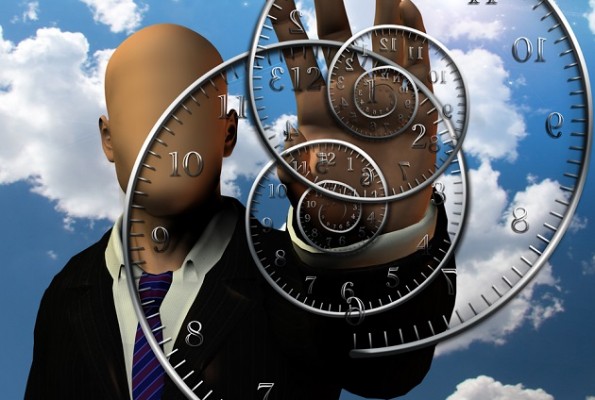Published 12 years ago
The circadian rhythms

Unquestionably, the word has some charm. It derived from the Latin circa diem, to indicate the 24-hour unit, and it is used by physiologists, psychologists and sleep physicians. 'Circadian rhythm' therefore means the day, the time unit where wake and sleep alternate.
Light and the outside temperature influence the organism, which synchronizes to the rhythm of the Earth to set the biological clock. The intuition of the existence of an internal clock dates back to the first half of the 18th century, when Jean-Jacques d'Ortous de Mairan realized that the movements of the plants kept on having 24-hour rhythms even when they were kept in the dark.
During sleep, the human beings pass through two phases, namely:
- NREM sleep (also called slow or orthodox)
- REM sleep (also called fast or paradox), divided into four sub-phases
These phases alternate in cycles of 60 to 90 minutes. Sleep starts with low percentages of fast sleep which – throughout the night – increase until they become prevalent when dawn approaches.
The first year of age is essential to acquire an appropriate sleep/wake combination. During this time, the whole biological organization restructures and passes from the 12 to 14 hours of average sleep to a rhythms that become progressively closer to the ones of grown-ups. Unlike the latter, small children are little sensitive to noise, but they mainly wake up because of either hunger or painful stimulations.
The quality of sleep is essential: it is not just a matter of good rest, but of health! During sleep, which is a normal physiologic state, the mind 'resets' and eliminates a huge amount of information with the purpose of keeping the most important one only, in order not to fall into some cognitive overload. The poor quality (or little quantity) of sleep has effects that as severe as to generate type II diabetes, heart attacks, brain stroke and hypertension. Nothing alarming, though: such consequences occur only after a chronic lengthened deprival of sleep; no problem – therefore – if once in a while you spend the night watching old movies, studying or dancing in a discothèque. In these cases, a good recommendation may be not to modify the getting up time, in order not to completely mess up the biological rhythm.
In the worldwide research, the sleep disorders are classified in eight major categories, which include more than 70 specific diagnoses, plus two annexes which classify three sleep disorders associated to either a medical disorder or to a psychiatric one. What is commonly defined as insomnia is just one of the different sleep disorders, but certainly the most frequent one.
The sleeping disorders can therefore be classified as:
- Primary disorders
dyssomnia (anomalies in the quantity, quality and rhythm of sleep)
parasomnia (anomalous behavior or physic-pathological events which occur during sleep, either at specific stages and in the sleep/wake passages)
- Disorders connected to affective issues or anxiety
In the pathologic cases, a specialist should be addressed: however, anyone can improve the quality of his/her sleep by some simple precautions:
- Keep your bedtime consistent
- Aerate the bedroom
- Eat light, non-stimulating food
- Relax with a good book, with stretching or yoga exercises
- Select the mattress that best suits your characteristics
- Procure yourself a good pillow or a neck support of specific features (if you have cervical or similar disorders)
- Do not cover too much (an excessive temperature affects the quality of your sleep)
As already stated, the circadian rhythms concern not only sleep, but also the waking time. This is why they are studied to define the daytime that is most suitable for the training of the athletes.
Decades of studies on sleep and circadian rhythms have been questioned by a research published at the end of 2012, according to which the behavior during sleep cannot be studied in a laboratory: the stimuli of the home environment interact of the subject - even if he/she is sleeping –modifying the behavior.


